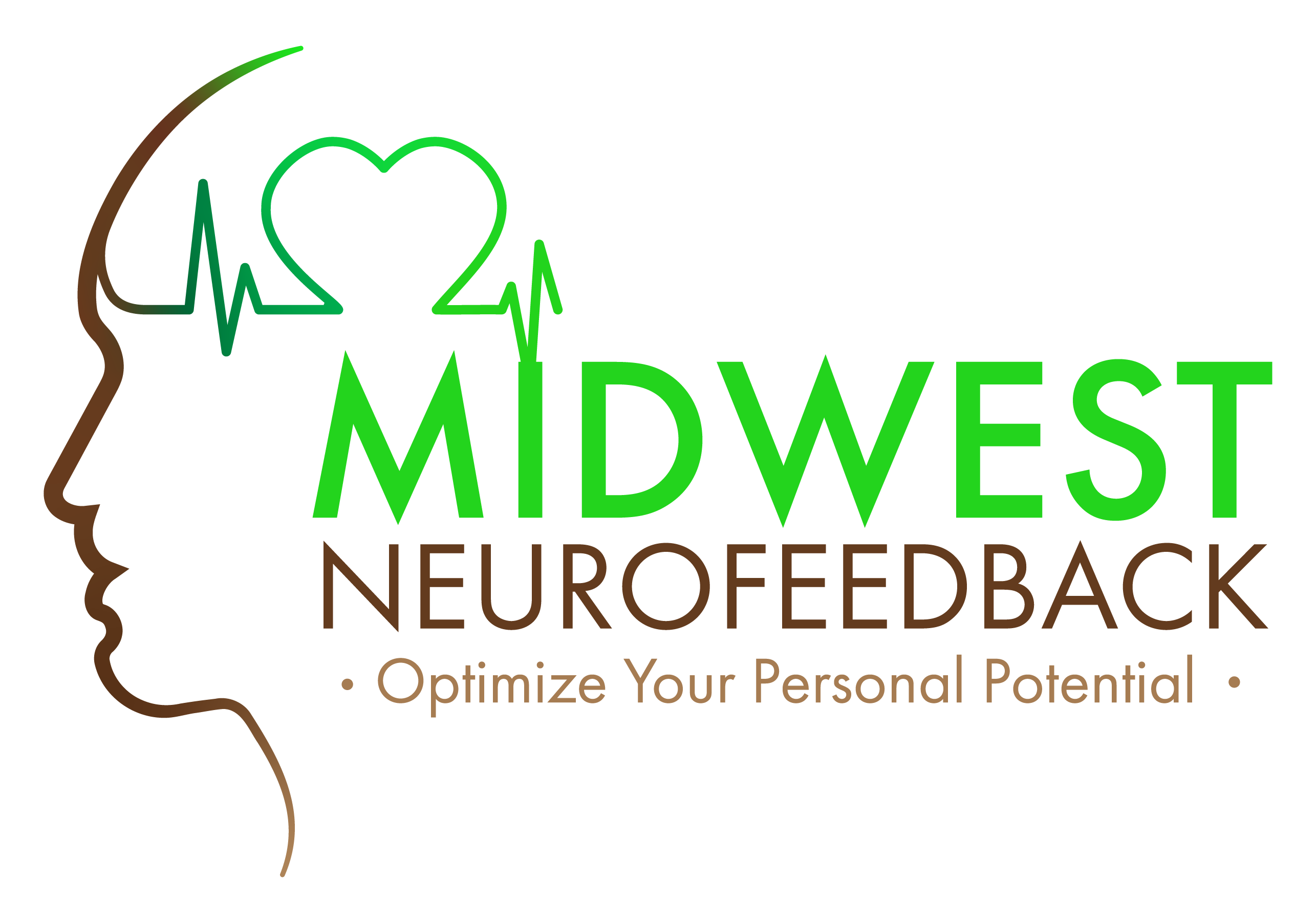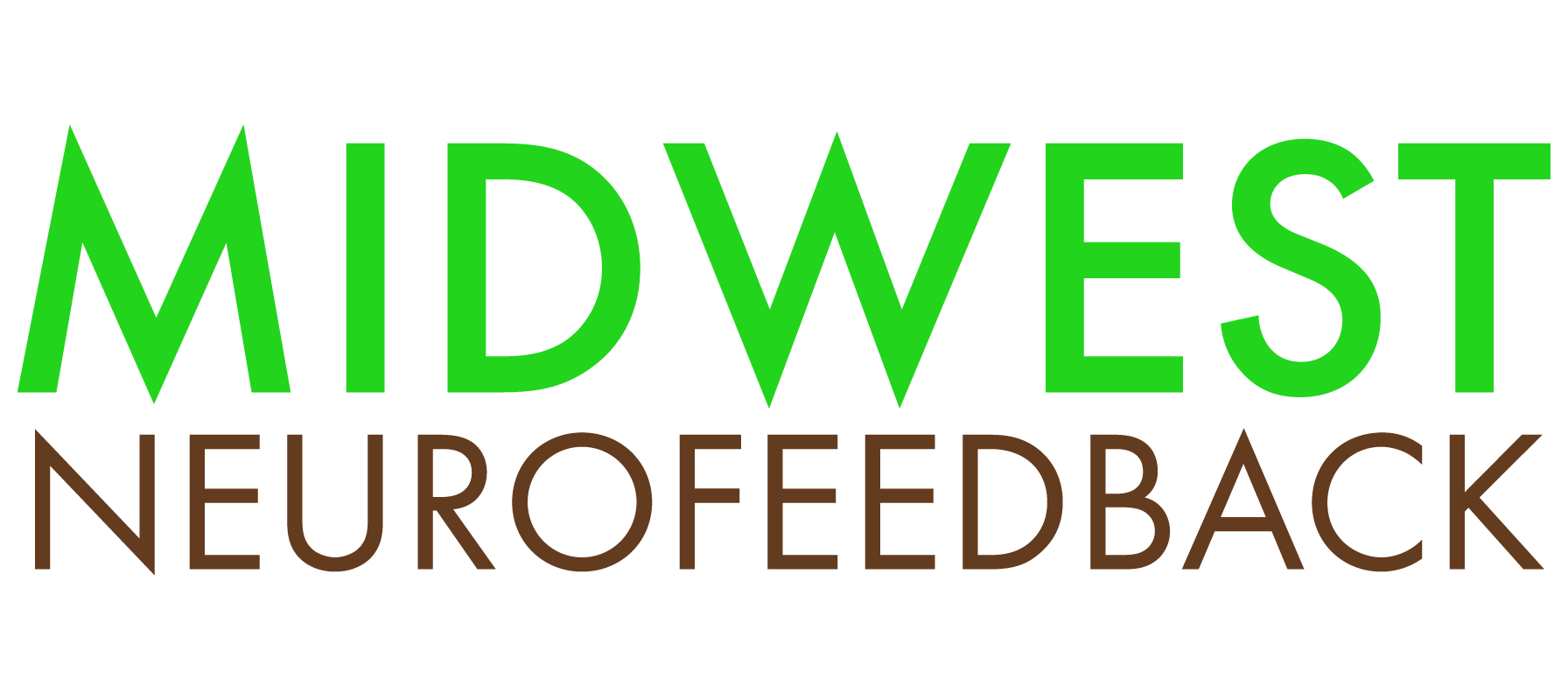Discover a transformative path to enhancing your mental, physical, and spiritual well-being without invasive procedures or pharmacological interventions. Welcome to Midwest Neurofeedback, where we embrace a holistic approach to optimizing your overall quality of life through enhancing neuro-regulation.
Our mission is to empower our community by enhancing its neuro-regulatory capacity, one individual at a time. A better regulated nervous system is more resilient and promotes a higher quality of life!
Our skilled clinicians tailor individualized protocols that precisely align with your unique needs and desires. We understand that every individual’s journey is distinct, and that’s why we meet you exactly where you are on your path to wellness.
With years of experience, Avery Bratt, Ph.D., and Laura Bratt, M.A., founded Midwest Neurofeedback to bring their passion for healing to Kansas City. As the oldest and most established neurofeedback therapy center in the greater Kansas City area, we offer a range of services, including neurofeedback, bioregulation, biofeedback, and psychotherapy, all designed to support your journey towards resiliency and health. Conveniently located in Overland Park, Kansas, our licensed staff continues to grow, dedicated to serving our expanding clients’ needs.










